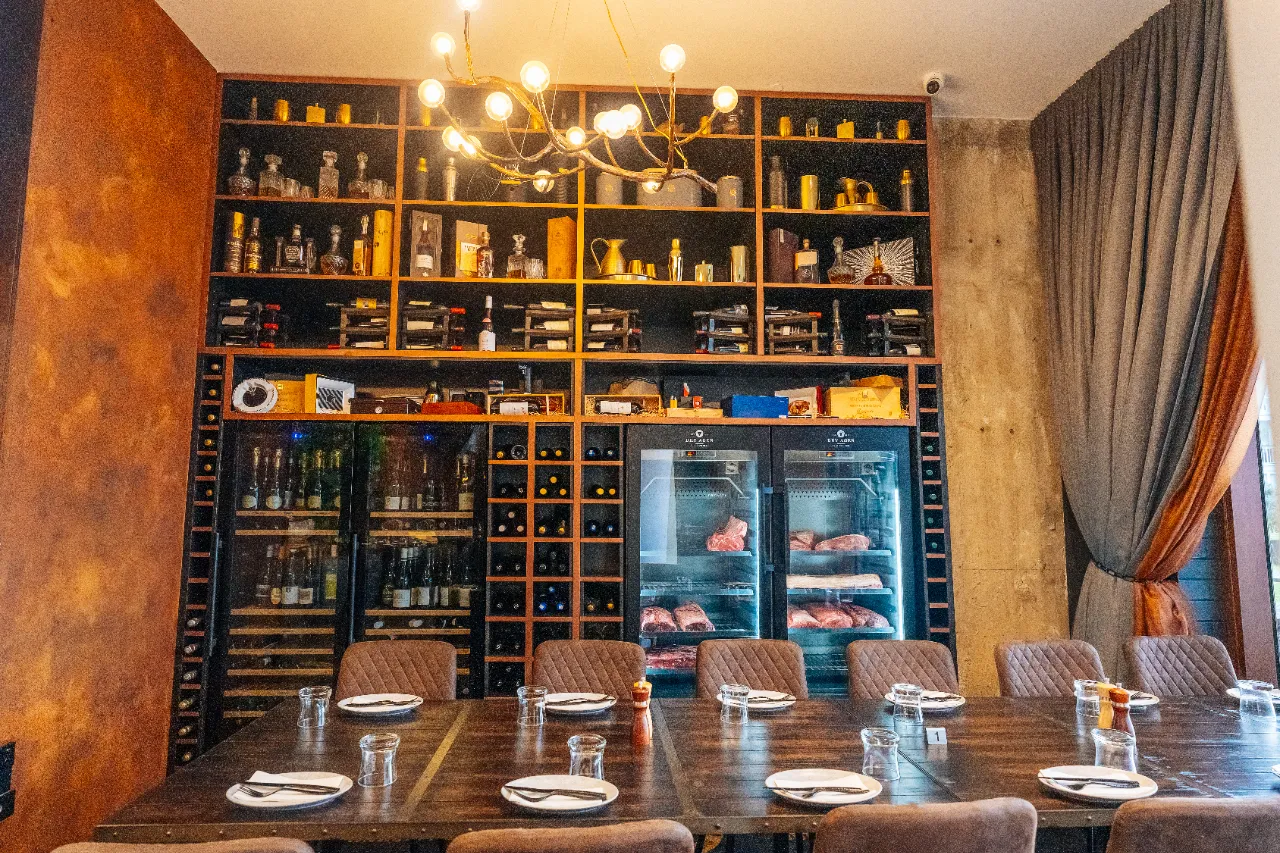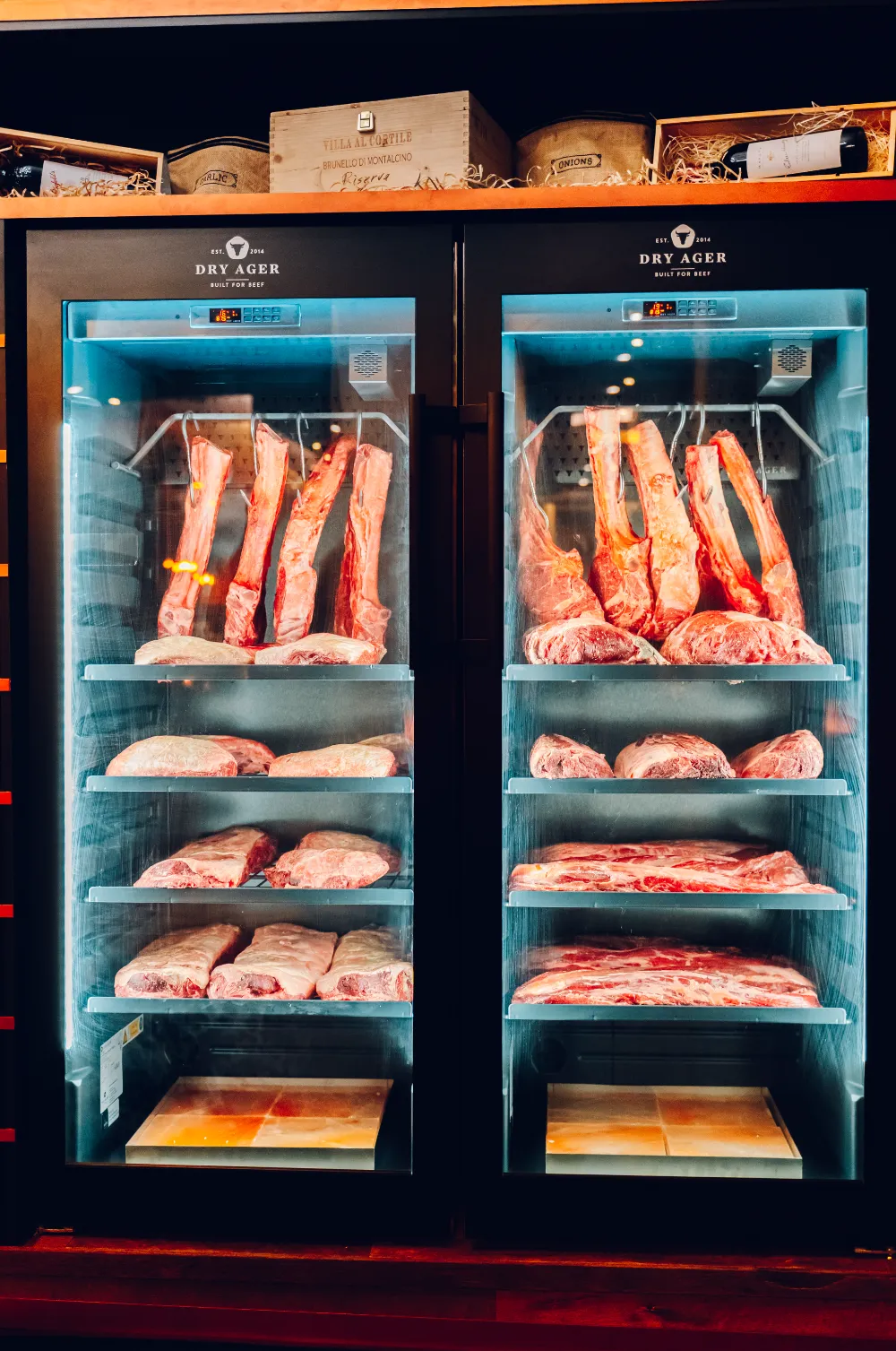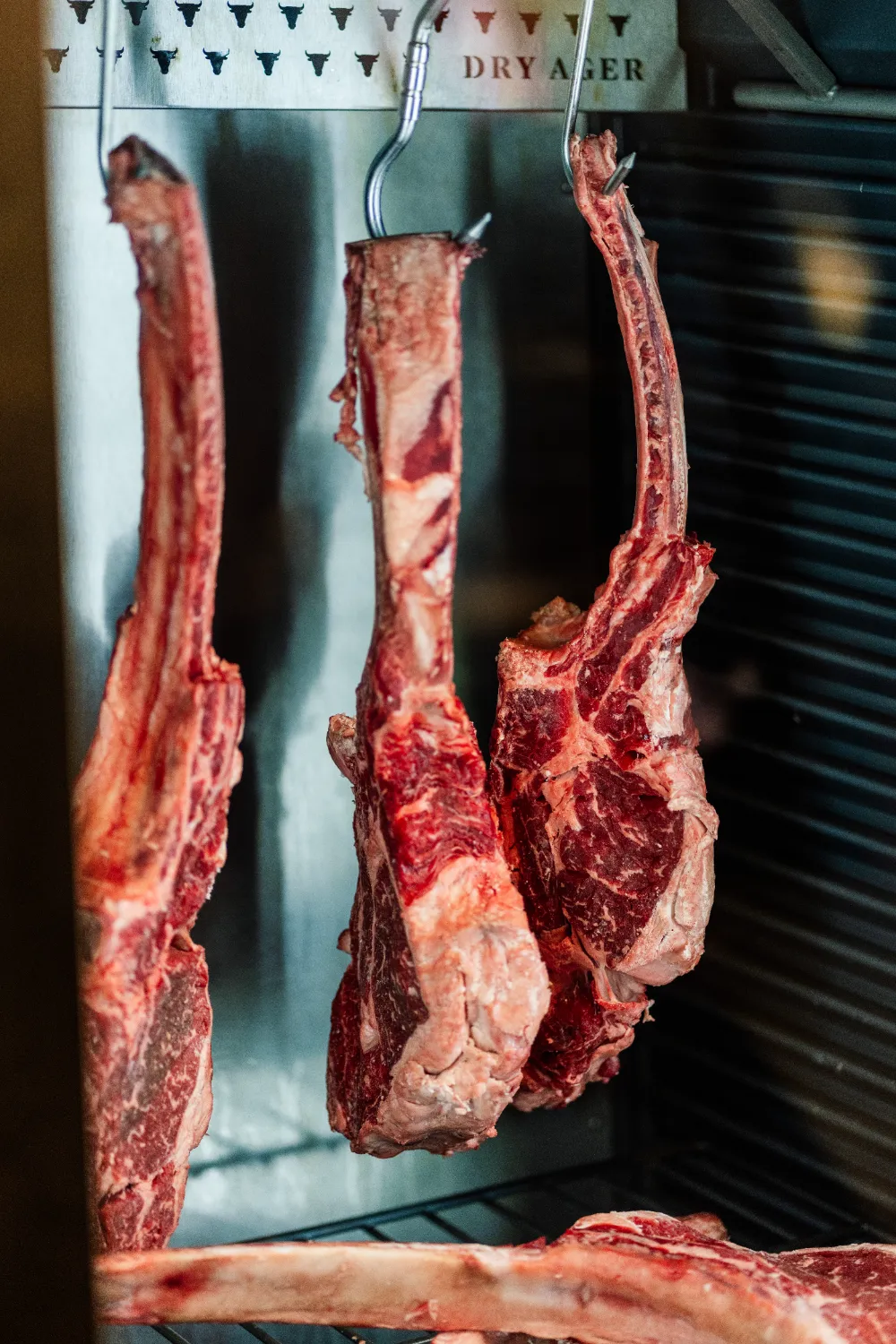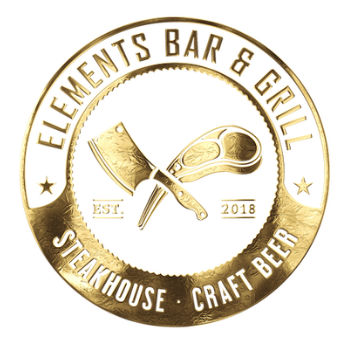Things to do in Prymont
Pyrmont is a vibrant suburb located just 2 kilometres southwest of Sydney’s CBD. It’s known for its rich history, beautiful waterfront views, and lively cultural scene. Situated between Darling Harbour and Blackwattle Bay, Pyrmont offers visitors a mix of historical sites, modern attractions, and great food options. Whether you’re exploring its parks, visiting the bustling Sydney Fish Market, or ...















